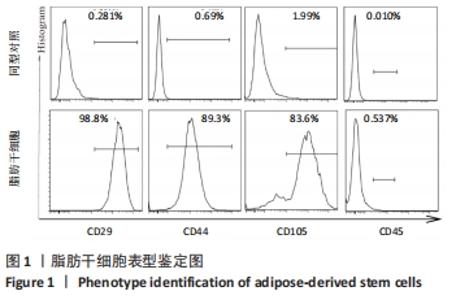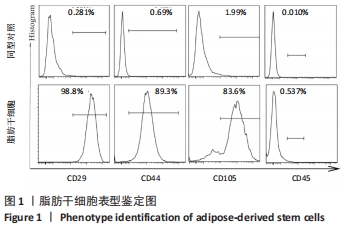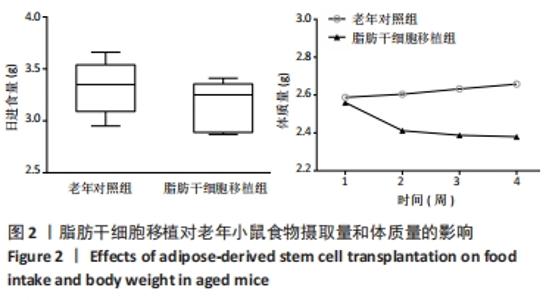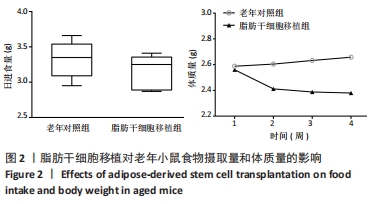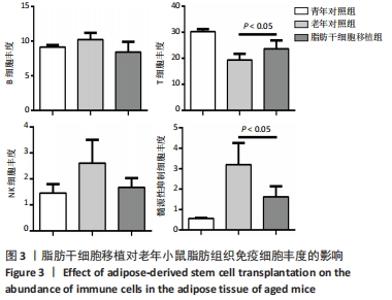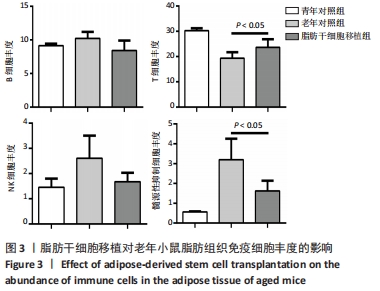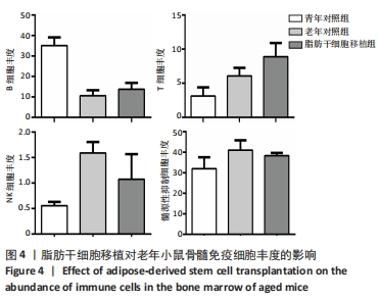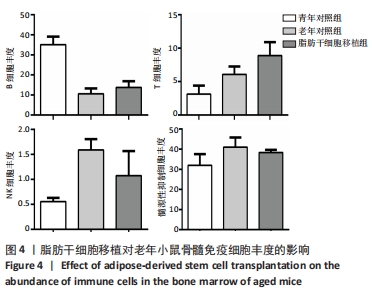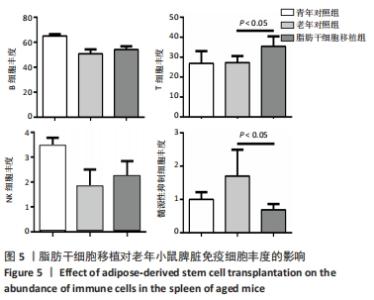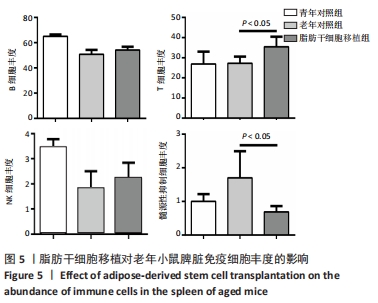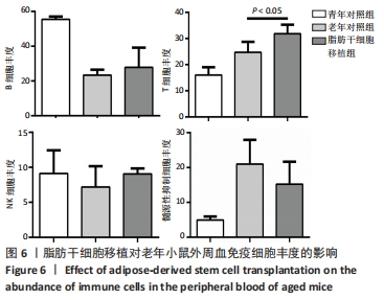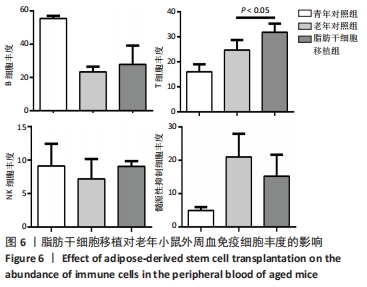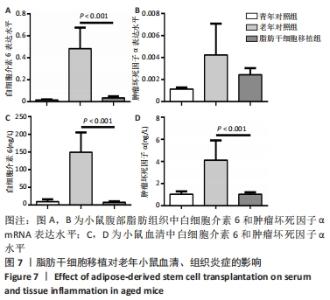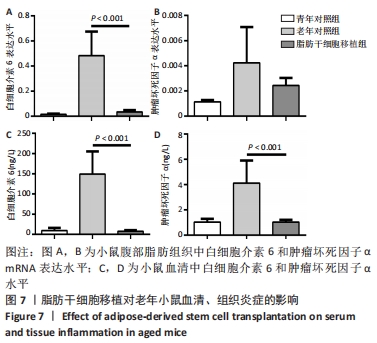| [1] |
Pan Baoshun, Fang Zhen, Gao Mingjie, Fang Guiming, Chen Jinshui.
Design for posterior atlantoaxial internal fixation system with fusion cage based on imaging data
[J]. Chinese Journal of Tissue Engineering Research, 2022, 26(9): 1372-1376.
|
| [2] |
Yao Xiaoling, Peng Jiancheng, Xu Yuerong, Yang Zhidong, Zhang Shuncong.
Variable-angle zero-notch anterior interbody fusion system in the treatment of cervical spondylotic myelopathy: 30-month follow-up
[J]. Chinese Journal of Tissue Engineering Research, 2022, 26(9): 1377-1382.
|
| [3] |
Xiang Xinjian, Liu Fang, Wu Liangliang, Jia Daping, Tao Yue, Zhao Zhengnan, Zhao Yu.
High-dose vitamin C promotes the survival of autologous fat transplantation in rats
[J]. Chinese Journal of Tissue Engineering Research, 2022, 26(8): 1242-1246.
|
| [4] |
Zhou Ying, Zhang Huan, Liao Song, Hu Fanqi, Yi Jing, Liu Yubin, Jin Jide.
Immunomodulatory effects of deferoxamine and interferon gamma on human dental pulp stem cells
[J]. Chinese Journal of Tissue Engineering Research, 2022, 26(7): 1012-1019.
|
| [5] |
Tian Chuan, Zhu Xiangqing, Yang Zailing, Yan Donghai, Li Ye, Wang Yanying, Yang Yukun, He Jie, Lü Guanke, Cai Xuemin, Shu Liping, He Zhixu, Pan Xinghua.
Bone marrow mesenchymal stem cells regulate ovarian aging in macaques
[J]. Chinese Journal of Tissue Engineering Research, 2022, 26(7): 985-991.
|
| [6] |
Fang Xiaolei, Leng Jun, Zhang Chen, Liu Huimin, Guo Wen.
Systematic evaluation of different therapeutic effects of mesenchymal stem cell transplantation in the treatment of ischemic stroke
[J]. Chinese Journal of Tissue Engineering Research, 2022, 26(7): 1085-1092.
|
| [7] |
Huang Chenwei, Fei Yankang, Zhu Mengmei, Li Penghao, Yu Bing.
Important role of glutathione in stemness and regulation of stem cells
[J]. Chinese Journal of Tissue Engineering Research, 2022, 26(7): 1119-1124.
|
| [8] |
An Weizheng, He Xiao, Ren Shuai, Liu Jianyu.
Potential of muscle-derived stem cells in peripheral nerve regeneration
[J]. Chinese Journal of Tissue Engineering Research, 2022, 26(7): 1130-1136.
|
| [9] |
Xuan Juanjuan, Bai Hongtai, Zhang Jixiang, Wang Yaoquan, Chen Guoyong, Wei Sidong.
Role of regulatory T cell subsets in liver transplantation and progress in clinical application
[J]. Chinese Journal of Tissue Engineering Research, 2022, 26(7): 1143-1148.
|
| [10] |
Xu Kuishuai, Zhang Liang, Chen Jinli, Ren Zhongkai, Zhao Xia, Li Tianyu, Yu Tengbo.
Effect of force line changes on lower limb joints after medial open wedge high tibial osteotomy
[J]. Chinese Journal of Tissue Engineering Research, 2022, 26(6): 821-826.
|
| [11] |
Yang Zhiwei, Liu Junchang, Gao Xiaolin, Jiang Taimao.
Relationship between tacrolimus metabolic rate and early BK virus infection after kidney transplantation
[J]. Chinese Journal of Tissue Engineering Research, 2022, 26(5): 712-716.
|
| [12] |
Liu Yiyi, Qiu Junqiang, Yi Longyan, Zhou Cailiang.
Effect of resistance training on interleukin-6 and C-reactive protein in middle-age and elderly people: a Meta-analysis
[J]. Chinese Journal of Tissue Engineering Research, 2022, 26(5): 804-812.
|
| [13] |
He Junjun, Huang Zeling, Hong Zhenqiang.
Interventional effect of Yanghe Decoction on synovial inflammation in a rabbit model of early knee osteoarthritis
[J]. Chinese Journal of Tissue Engineering Research, 2022, 26(5): 694-699.
|
| [14] |
Zhang Jian, Lin Jianping, Zhou Gang, Fang Yehan, Wang Benchao, Wu Yongchang.
Semi-quantitative MRI evaluation of cartilage degeneration in early knee osteoarthritis
[J]. Chinese Journal of Tissue Engineering Research, 2022, 26(3): 425-429.
|
| [15] |
Chen Jinmin, Chen Suisheng, Ding Jing, Xia Baoquan, Luo Xiaojia, Lu Chenghai.
Stability of balloon dilation with injectable calcium sulfate cement for tibial plateau fractures
[J]. Chinese Journal of Tissue Engineering Research, 2022, 26(3): 414-418.
|
